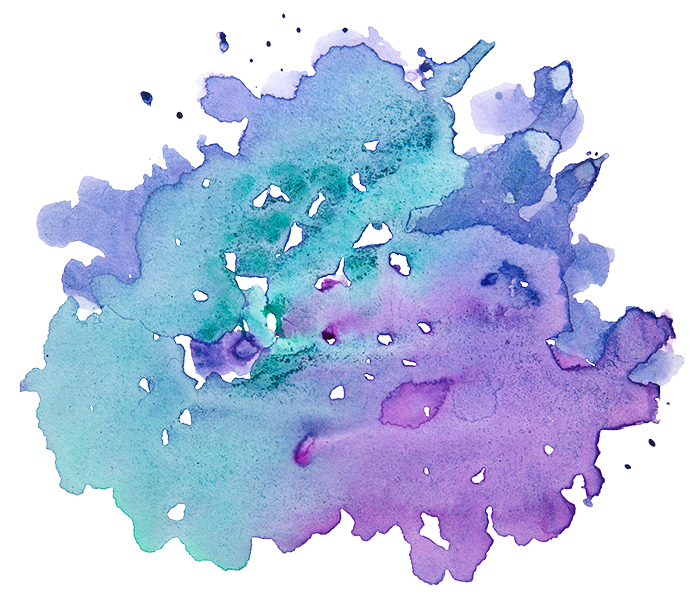by Rabbi Mara Young
“I didn’t expect this experience to move me as much as it did.”
This was the refrain from my fellow travelers as they boarded our bus back to New York. Just a month ago, I had the pleasure of spending 48 hours in Boston with members of my congregation. Mayyim Hayyim was our final stop and the perfect end to our adventure.
Truth be told, we traveled to Boston for Mayyim Hayyim. As a rabbi and feminist, I have heard legends of this revolutionary mikveh and always wanted to see it for myself. One of our Adult Education Committee chairs felt the same. Because we couldn’t do Boston-and-back in a day, we consulted Google to cull together whatever Jewish experiences we could find. In the end, the trip developed into something better than we could have ever dreamed – its narrative weaving the scars of the Holocaust with the redemptive, creative message of the mikveh.
 We began at Memory Unearthed: The Lodz Ghetto Photographs of Henryk Ross at the Museum of Fine Arts (MFA). Acting as official photographer of the ghetto, Ross worked for the Jewish council, yet he also risked his life to take secret photographs, documenting the true tribulations of ghetto life. As the ghetto was liquidated late in WWII, he hastily buried the negatives in order to one day serve as witness of the martyrdom of the Jewish people.
We began at Memory Unearthed: The Lodz Ghetto Photographs of Henryk Ross at the Museum of Fine Arts (MFA). Acting as official photographer of the ghetto, Ross worked for the Jewish council, yet he also risked his life to take secret photographs, documenting the true tribulations of ghetto life. As the ghetto was liquidated late in WWII, he hastily buried the negatives in order to one day serve as witness of the martyrdom of the Jewish people.
Miraculously, Ross survived and recovered his film. Water had damaged many of the strips. The MFA exhibit displays them unaltered. It’s no surprise why: the developed photographs have a pearly haze from the chemicals’ deterioration – an unintended, ghostly effect that invokes the souls of the people who died. The water was the conduit by which the photographs became art and transformed their story from simple testimony to painful, tender memory.
We honored these haunting souls with a visit to the New England Holocaust Memorial. As we walked the memorial’s path, the dampness of Boston’s springtime mixed with the memorial’s rising smoke. We moved from the ashes of the Holocaust to the rebirth and rebuilding of our people in the decades after, evidenced by our ability to stand there as free Jews and pay tribute.
The next morning we visited Mayyim Hayyim, where we learned about the mikveh’s ancient history and transformative powers. But it’s not that the pool itself acts as a magical change agent. Rather, it moves us to a state of readiness; readiness for ritual, a relationship, or a new stage in life. Experiencing the mikveh has the ability to turn us into art.
Ending our weekend at Mayyim Hayyim meant ending our weekend with assurance. Just like the Jewish people have transitioned from difficult times to positive ones, the re-imagined mikveh takes us from one phase to another. It facilitates movement: from grief to recovery, from insecurity to confidence, from one identity to another.
On our weekend, we learned that tremendous creativity and beauty can come out of the darkest days and the most vulnerable feelings. Water is a change agent – a come-to-life symbol that we use to move ahead, both as a community and as individuals.
 Rabbi Mara Young is the Associate Rabbi/Educator of Woodlands Community Temple in Greenburgh, NY. She is passionate about feminist issues, as well as her husband Mark and young children: Noah Sadie and Asher.
Rabbi Mara Young is the Associate Rabbi/Educator of Woodlands Community Temple in Greenburgh, NY. She is passionate about feminist issues, as well as her husband Mark and young children: Noah Sadie and Asher.

